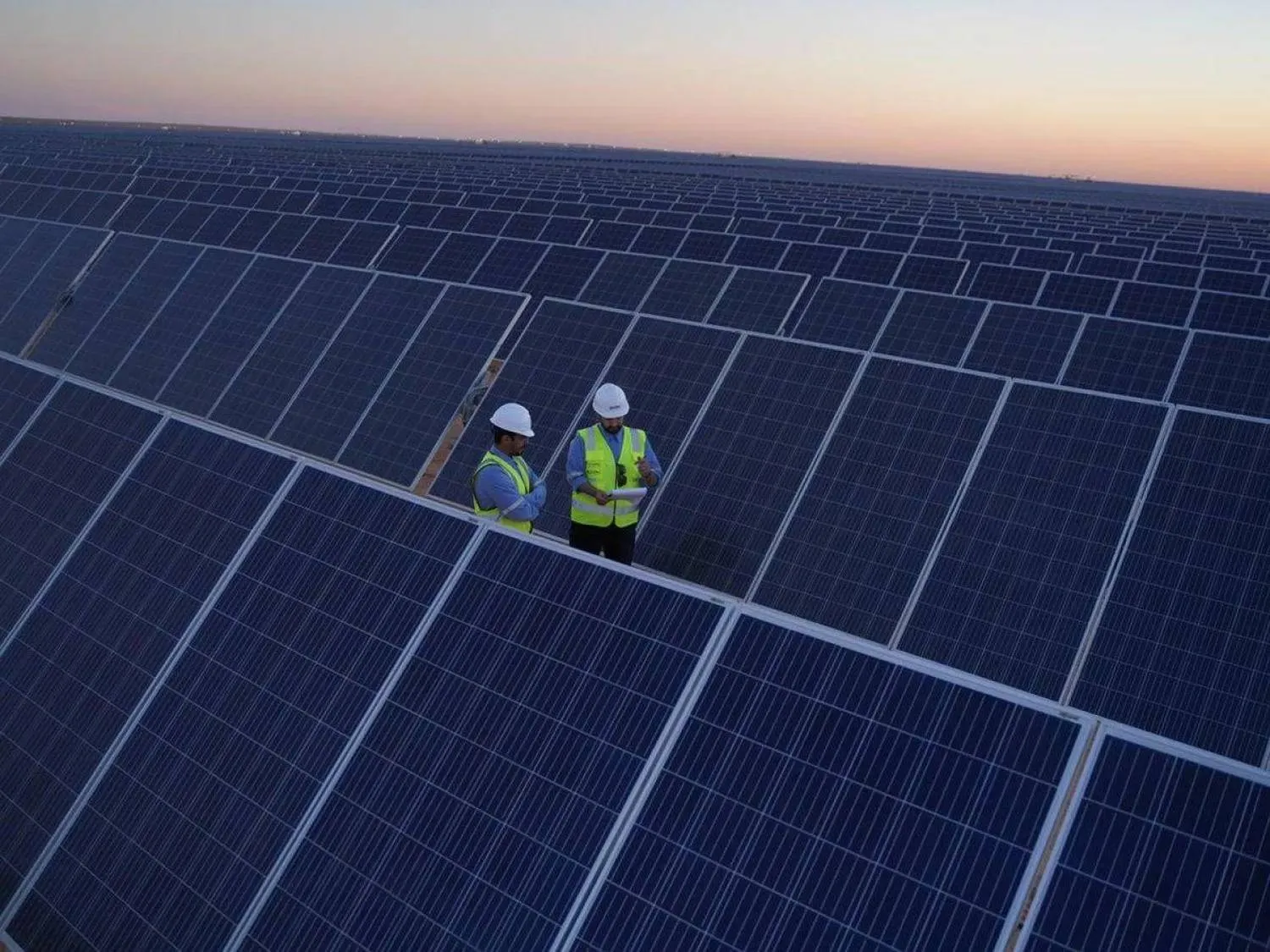Asian shares were mixed Thursday in thin holiday trading, with most markets in the region and elsewhere closed for Christmas.
In Tokyo, the Nikkei 225 edged 0.1% higher to 50,407.79. It has gained nearly 30% this year.
The dollar slipped to 155.85 Japanese yen from 155.94 yen. The euro climbed to $1.1786 from $1.1780.
Markets in mainland China advanced, with the Shanghai Composite index up 0.5% at 3,959.62. Hong Kong's exchange was closed, The Associated Press said.
Investors were encouraged by a statement by the People’s Bank of China, China’s central bank, promising to ensure adequate money supply to support financing, economic growth and inflation targets. Earlier in the week, the PBOC had opted to keep its key short-term lending rates unchanged.
Shares fell in Thailand and Indonesia.
On Wednesday, the S&P 500 index rose 0.3% to 6,932.05 and the Dow Jones Industrial Average added 0.6% to close at 48,731.16. The Nasdaq composite added 0.2% to 23,613.31
Trading was extremely light as markets closed early for Christmas Eve and will be closed for Christmas on Thursday. US markets will reopen for a full day of trading on Friday, though volumes will likely remain light this week with most investors having closed out their positions for the year.
The S&P 500 is up more than 17% this year, as investors have embraced the deregulatory policies of the Trump administration and been optimistic about the future of artificial intelligence in helping boost profits for not only technology companies but also for Corporate America.
Much of the focus for investors for the next few weeks will be on where the US economy is heading and where the Federal Reserve will move interest rates. Investors are betting the Fed will hold steady on interest rates at its January meeting.
The US economy grew at a surprisingly strong 4.3% annual rate in the third quarter, the most rapid expansion in two years, driven by consumers who continue to spend despite strong inflation. There have also been recent reports showing shaky confidence among consumers worried about high prices. The labor market has been slowing and retail sales have weakened.
The number of Americans applying for unemployment benefits fell last week and remain at historically healthy levels despite some signs that the labor market is weakening.
US applications for jobless claims for the week ending Dec. 20 fell by 10,000 to 214,000 from the previous week’s 224,000, the Labor Department reported Wednesday. That’s below the 232,000 new applications forecast of analysts surveyed by the data firm FactSet.
Dynavax Technologies soared 38.2% after Sanofi said it was acquiring the California-based vaccine maker in a deal worth $2.2 billion. The French drugmaker will add Dynavax’s hepatitis B vaccines to its portfolio, as well as a shingles vaccine that is still in development.
Novo Nordisk's shares rose 1.8% after the weight-loss drug company got approval from US regulators for a pill version of its blockbuster drug Wegovy. However, Novo Nordisk shares are still down almost 40% this year as the company has faced increased competition for weight-loss medications, particularly from Eli Lilly. Shares of Eli Lilly are up 40% this year.
US crude oil closed at $58.35 a barrel and Brent crude finished at $61.80 a barrel.









